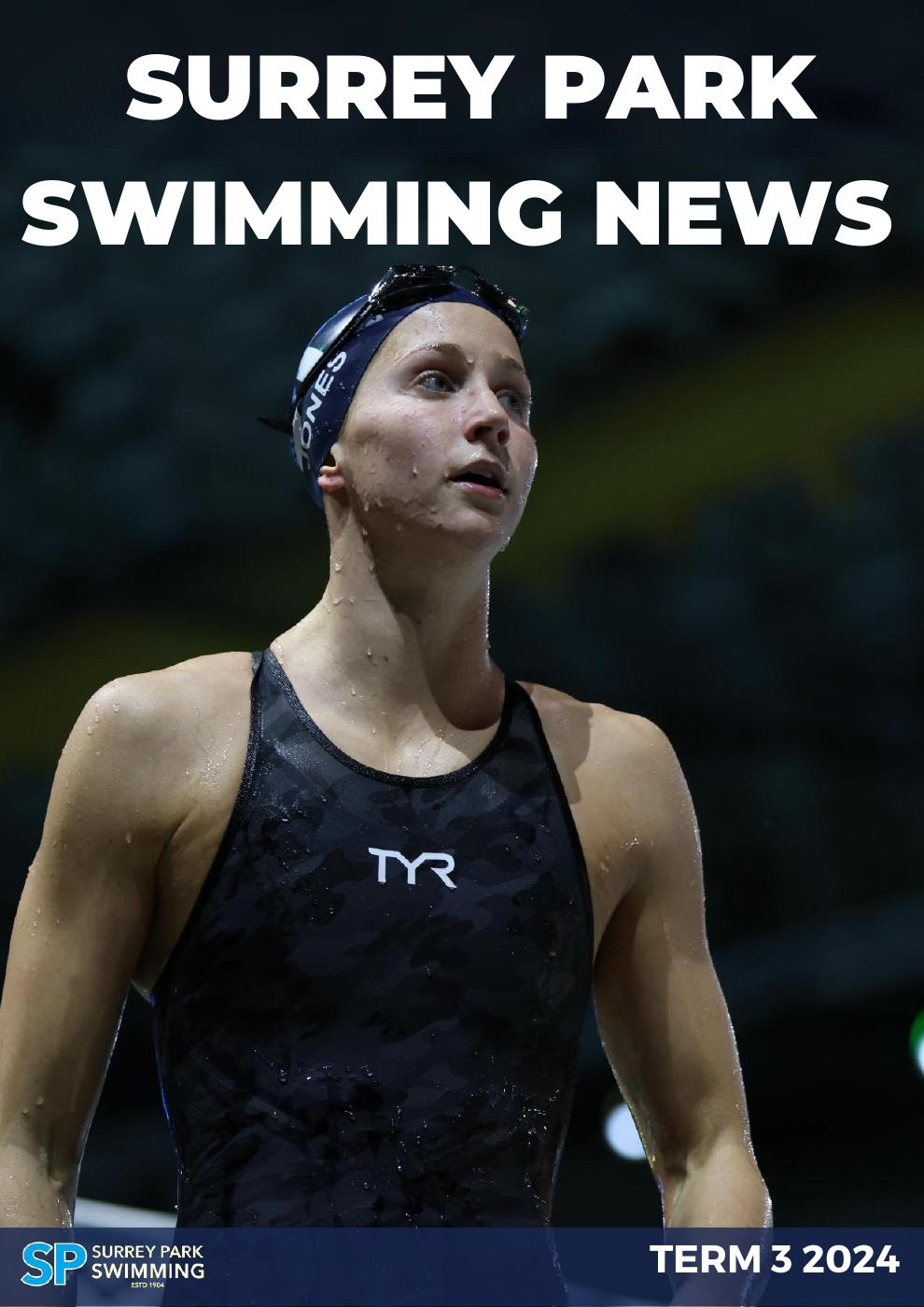
Safe Swimming Series: Safety at the Beach
A family beach holiday can turn from fun to frightening in seconds. One day the water is calm and shallow, the next day the tide has changed, the waves are stronger, and conditions are completely different. Children don’t notice these changes, but parents and carers must. Sadly, every summer in Australia, families face tragedy when beach conditions catch swimmers off guard.
Each year, hundreds of drownings occur, and most happen at beaches, during holidays, in summer. The good news is that many of these incidents are preventable with awareness, preparation, and respect for the ocean.
357 drowning deaths were recorded across Australia—a figure 27% higher than the 10-year average. Almost half of these tragedies happened at the coast: 43% (154 deaths) occurred in coastal locations, with 82 drowning deaths (23%) taking place at beaches.
Start with the Right Beach
Choose a beach that suits your child’s age and ability. For young kids, look for a gentle slope, shallow water, and minimal waves. Avoid rocks, strong currents, or hidden hazards. You can check the hazard rating of any beach at beachsafe.org.au.
Respect the Ocean
The ocean is powerful and ever-changing—it is not a swimming pool. Teach children from their very first beach visit to respect the sea, and remind older kids, teens, and adults that conditions can change quickly.
Key Rules for Water Safety
- Never turn your back on the sea. Always face the waves.
- Stay close to shore. It’s safer and easier to get help if needed.
- Never swim alone. Swim with friends or family who can help in an emergency.
- Touch supervision for young children. Always keep kids under five within arm’s reach and children under ten in sight.
- Permission before paddling. Kids should always ask an adult before entering the water.
- Floatation devices doesn’t equal supervision. Lifejackets add protection but don’t replace active adult supervision.
- Know CPR — in an emergency, you’re likely to be the first responder, and having CPR skills can make all the difference in achieving a positive outcome.
For Teens and Adults: Know Your Limits
- Know your limits. Overconfidence can be dangerous. Don’t enter the water unless you’re sure you can handle the conditions. Even strong swimmers can get into trouble.
Safety at the Beach
- Read beach signage. Look for warnings about rocks, rips, or marine life.
- Swim between the red and yellow flags. Not one drowning has occurred between the flags at a patrolled Victorian beach (National Drowning Report 2024).
- Check conditions. Watch for changes in weather, wind, or storms.
If you find yourself at an unpatrolled beach, ask: Is this sensible? Is it safe? What will happen if we get into trouble? If in doubt—don’t swim.
Understanding Rip Currents
Rips are the most common beach hazard in Australia. They are powerful, fast-flowing currents that drag swimmers away from shore.
If caught in a rip:
- Stay calm—rips don’t pull you under.
- Float with the current. Don’t fight it.
- Signal for help by raising your arm.
- Strong swimmers may escape by swimming parallel to the shore.
- Remember: there are no rips between the flags at patrolled beaches.
Extra Safety Reminders
- Protect yourself from the sun and drink plenty of water.
- Avoid alcohol and drugs—they contribute to beach drownings.
- Be aware of marine life like stingrays, jellyfish, and sharks, and check signage for warnings.
At Surrey Park Swimming, water safety—including beach safety—is part of our messaging and skills taught. By combining swimming skills with water awareness, we give children and families the tools to enjoy the water safely—at the pool, the lake, or the beach.






